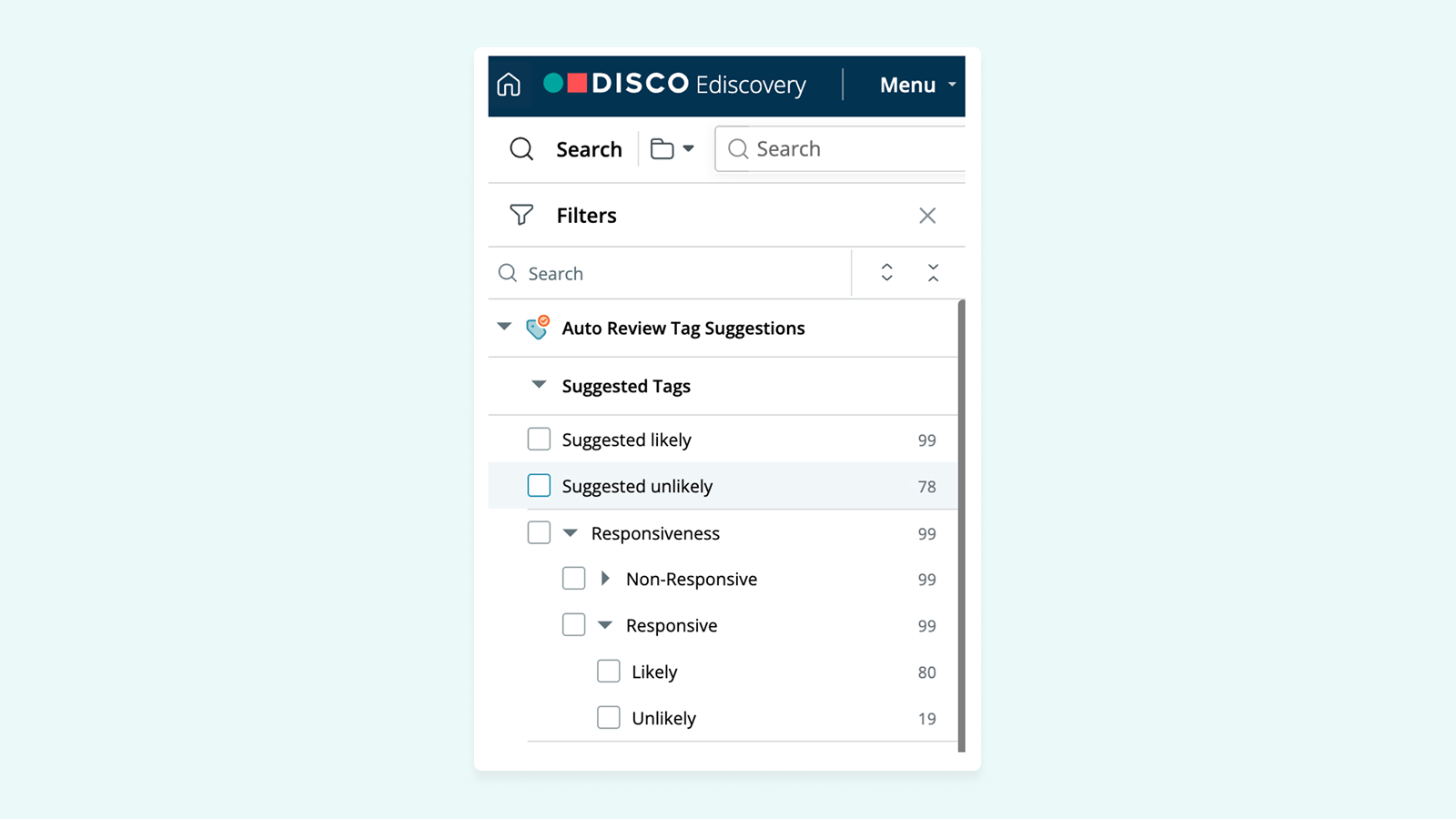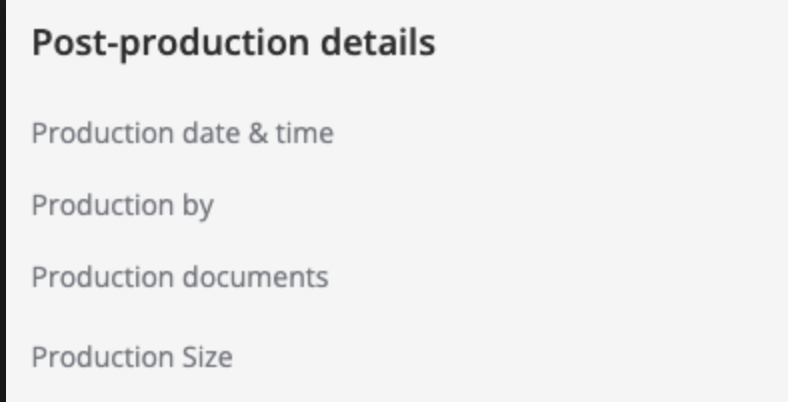⚡️ 1-Minute DISCO Download
Fact development is key to every case, and the most common tool in modern litigation to locate facts is document review. Unfortunately the way reviews are run has not substantially changed in the last 20 years. This leaves lawyers open to workflows and practices that ultimately end up costing them time, money, and morale.
Here are four ways you might be inadvertently draining your budget and impacting profitability with outdated review processes.
Bonus: How to Use Generative AI for Document Review 💡
1. Write-downs: prioritizing short term client satisfaction over systemic solutions
Even though document review can be resource and time-intensive for your team, for a client it can be shocking to see the sum of your work on an invoice. It’s why document review has become one of the easiest areas for clients to push back on.
One recent study suggests that 78% of corporate legal departments are very likely or likely to switch law firms in the coming year, with the chief reason to “fire” a firm “if the firm did not demonstrate efficiency and productivity.” The Wall Street Journal reported at least 20% of corporate clients refused to pay law firms for 1st and 2nd-year attorney billed hours. All this with collecting on revenue for hours billed an increasing challenge.
As a result, a common way for attorneys to keep their clients happy and collect on open invoices is to reduce review costs, often through pre or post-invoice write-downs. Afterall, it’s well accepted in the industry that it’s typically better not to bill something at all rather than have it rejected by the client and impact the client relationship. However, while write-downs and write-offs might seem like a quick fix to improve client satisfaction, the negative impact on the case team starts sooner than you think. Nor does it solve the systemic issues that resulted in the need for write-offs in the first place — outdated review processes or technology.
2. Minimizing (and erasing) time and value
Many senior attorneys see document review as low-value work and are not phased by the prospect of write-downs or write-offs for review work. This creates two problems.
First, it opens the partners up to personal and political consequences if they can’t find a way to engage in document review more efficiently. Write-downs and write-offs have become so common that many firms have rules about the number of hours partners can write off without triggering firm audits or scrutiny. Per a 2021 report by BigHand, 98% of the UK and North American big firms can identify areas of profit leakage. While these guardrails are meant to keep profit margins in check, they are not exactly focused on the individuals that write-offs impact the most. Partners that write off too many hours may face difficult conversations when it comes time for the yearly compensation determinations.
Second, by writing-down or off time spent on document review, senior leaders make it known to their junior team members that the work they’re performing is “low value” and not worth pushing to get paid by the client. In many cases, associates end up self-writing-down hours, not billing for time worked to avoid the negative association of requiring their time be written off or the negative impact on their annual compensation. This helps no one as the firms lose out on the billable work they might collect on, attorneys end up working more to make up the hours they did not bill, and still there are no efficient and effective processes in place to ensure such problems don’t recur.
Not to mention that the lawyers performing the work are demotivated and can suffer from burn-out or low morale as a result of this cycle. Recent studies have shown that it’s not all about the Benjamins for younger legal minds, but instead feeling appreciated and recognized at work.
3. Keeping up with recruitment and retention
Associate turnover rates in law firms have hit record highs, some exceeding 25%. According to a 2021 Thomson Reuters report, the highest risk to profitability is lawyer recruitment and retention. In response to the increased need for talent, they found that “firms are spending huge amounts of money and putting their profits at increasing risk for fairly modest returns.” While firms may be hesitant to outsource tasks like document review fearing the loss of billable revenue or the perceived lower quality of outsourced work product, the study also found that 60% of survey respondents said they would leave their current law firm for a better work-life balance.
Document review and ediscovery is the most expensive part of any case. Firms cannot afford to absorb increased compensation for associates and lower productivity or billable hours that might result from burned out lawyers. Nor can firms afford to lose partners who may have their compensation impacted as a result of write-downs necessary to maintain client satisfaction, meet client billing regulations, etc.
Reliance on outdated review methodologies and processes hampers younger attorneys with the job of performing or managing document reviews, tasks that are likely not appreciated let alone likely to gain recognition.
4. Stretching your team instead of investing in them
Attrition can cause project delays, loss of institutional knowledge, and create negative domino effects. A 2017 NALP report found that the cost to replace an associate averages $200-500K due to recruiting and training costs, resource shortages, and other administrative costs. When team members are asked to stretch themselves further to fill the gaps, the sense of unappreciation can grow, especially when it’s tied to work for which they’ll receive little to no recognition.
To combat attrition, firms should focus on creating opportunities for their case teams to do more meaningful work earlier in their careers and invest in training opportunities. Most employers only invest 2-4% of their total expenditures in training and development, often only at the executive level.
If firms cannot develop their employees in meaningful ways, writing off hours will be the least of their worries. After all, associates didn’t go to law school to perform doc reviews, and they know it’s not the high-value, high-impact work they’ll need to prove they’re partner-worthy.
Reduce non-billable work without losing billable hours with DISCO Review
Technology can help with offering competitive pricing for document review and has the potential (if implemented properly) to streamline the review process to obviate the troublesome workflows that lead to write-offs, dissatisfaction, and attrition.
To take it one step further, partnering with a managed review provider like DISCO Review can give you the edge that can consistently help you exceed client expectations and outpace your competition.
DISCO Review’s budget and timeline guarantee enable you to set a flat fee for litigation that includes ediscovery, without fearing the ballooning costs of document review. Our team can help eliminate the redundancy of document review and turn this historically lower-margin work into one of your firm’s most profitable revenue generators, freeing your team up to drive more substantive legal work for your clients.
For more information, check out this whitepaper or book a consultation with one of our review experts.






%20(1).jpeg)








